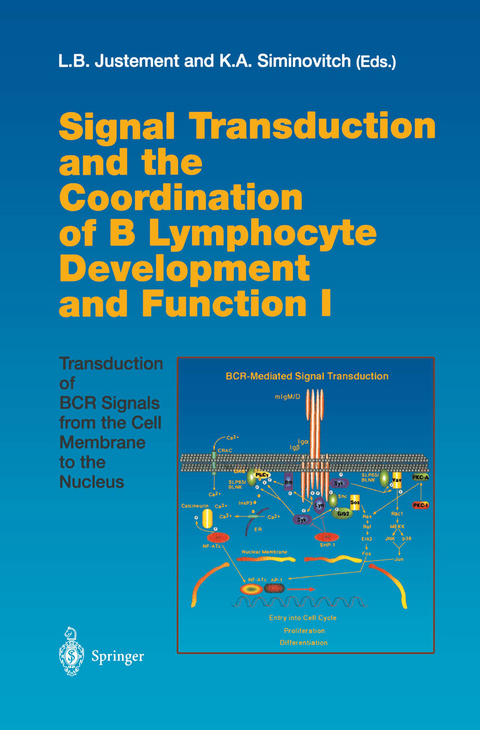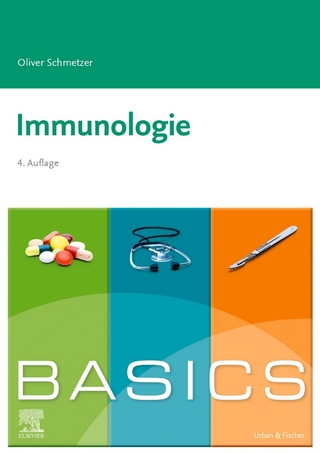
Signal Transduction and the Coordination of B Lymphocyte Development and Function I
Transduction of BCR Signals from the Cell Membrane to the Nucleus
Seiten
2012
|
1. Softcover reprint of the original 1st ed. 2000
Springer Berlin (Verlag)
978-3-642-63017-0 (ISBN)
Springer Berlin (Verlag)
978-3-642-63017-0 (ISBN)
Proper development and differentiation of B lymphocytes is es sential to ensure that an organism has the ability to mount an effective humoral immune response against foreign antigens. The immune system must maintain a balance between the deletion of harmful self-reactive B cells and the generation of a diverse rep ertoire of B cells that has the ability to recognize an almost un limited array of foreign antigens. The need to delete self-reactive cells is tempered by the need to avoid the generation of large functional holes in the repertoire of foreign antigen-specific B cells that patrol the periphery. To accomplish this, the immune system must reach a compromise by eliminating only the most dangerous autoreactive clones, while allowing less harmful au toreactive B cells to exist in the periphery where they may com plement the organism's ability to mount a rapid response against invading micro-organisms. Those autoreactive cells that do enter the peripheral pool are subject to a number of conditional re straints that effectively attenuate their ability to respond to self antigens. Deleterious alterations in the homeostasis between tolerance induction and recruitment of B cells into the functional repertoire may lead to increased susceptibility to autoimmune disease or infection, respectively. Therefore, delineation of the molecular processes that maintain immunological homeostasis in the B cell compartment is critical.
Signal Transduction via the B-cell Antigen Receptor: The Role of Protein Tyrosine Kinases and Protein Tyrosine Phosphatases.- The B-Cell Antigen Receptor: Formation of Signaling Complexes and the Function of Adaptor Proteins.- Intermediary Signaling Effectors Coupling the B-Cell Receptor to the Nucleus.- Involvement of the Lymphocyte Cytoskeleton in Antigen-Receptor Signaling.- Pax-5/BSAP: Regulator of Specific Gene Expression and Differentiation in B Lymphocytes.- Receptor Modulators of B-Cell Receptor Signalling - CD19/CD22.- Positive and Negative Signaling in B Lymphocytes.
| Erscheint lt. Verlag | 23.10.2012 |
|---|---|
| Reihe/Serie | Current Topics in Microbiology and Immunology |
| Zusatzinfo | XV, 267 p. |
| Verlagsort | Berlin |
| Sprache | englisch |
| Maße | 155 x 235 mm |
| Gewicht | 440 g |
| Themenwelt | Studium ► Querschnittsbereiche ► Infektiologie / Immunologie |
| Naturwissenschaften ► Biologie ► Zellbiologie | |
| Schlagworte | Activation • Antigen • B lymphocyte • Cell • Cell Biology • cell membrane • Cytoskeleton • Gene • gene expression • Lymphocytes • Lymphozyt • Membrane • Protein • proteins • receptor-ligand interactions • Regulation • Signal • signal transduction • transcription |
| ISBN-10 | 3-642-63017-0 / 3642630170 |
| ISBN-13 | 978-3-642-63017-0 / 9783642630170 |
| Zustand | Neuware |
| Haben Sie eine Frage zum Produkt? |
Mehr entdecken
aus dem Bereich
aus dem Bereich
Buch | Softcover (2023)
Lehmanns Media (Verlag)
19,95 €


